pot size for optimum growth/size
hermitonthehill
16 years ago
Related Stories
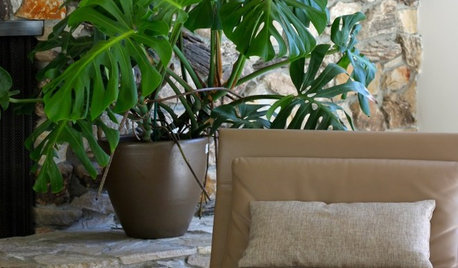
DECORATING GUIDESConjure a Jungle in a Pot
Sprawling, climbing and with primitive-looking leaves, philodendrons bring untamed beauty to even the most civilized homes
Full Story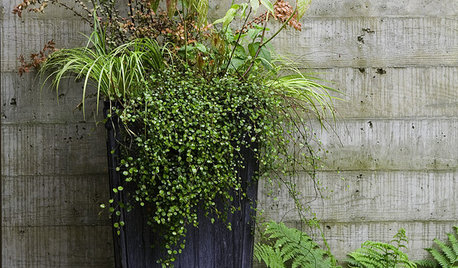
GARDENING GUIDESThe Secret Formula for Grouping Plants in a Pot
Designing a gorgeous container garden is easy once you know this simple rule of thumb for composition
Full Story
HOUSEPLANTSOne Pot, One Big Shot of the Tropics
Give your rooms exotic flair in a single stroke. Tall Kentia palm fits the tropical bill beautifully
Full Story
SUMMER GARDENINGHow to Grow Basil
Bright color, quick growth and endless uses for cooking make this summer annual a winner in the garden or a pot
Full Story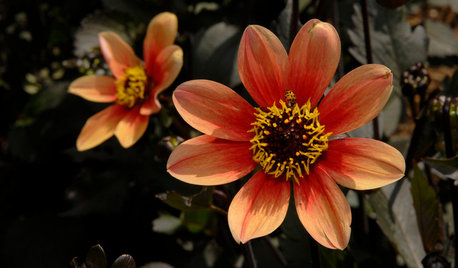
FLOWERSGreat Design Plant: Dahlias
Pick this flamboyant stunner for its amazing array of colors and faces, fast growth and sizes that can fill a pot or a whole garden
Full Story
GARDENING GUIDESCalifornia Gardener: What to Do in July
Active green thumb or not, top priorities for peak fruit and veggie season: watering, feeding, keeping up with growth
Full Story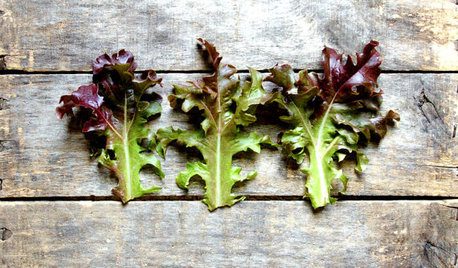
PRODUCT PICKSGuest Picks: Get Your Green Thumb on With Gardening Gear
Go for growth with gardening tools and accessories that make yard or windowsill plantings a breeze
Full Story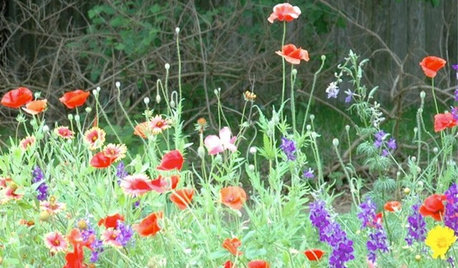
GARDENING GUIDESTexas Gardener's October Garden Checklist
Earn a "free" bonus by dividing perennials, make planting a priority now for hardy growth next year and keep an eye on your lawn
Full Story
LANDSCAPE DESIGNPretty Trees for Patios, Paths and Other Tight Spots
Choose trees for their size, shape and rate of growth — or shape them to fit your space. Here's how to get started
Full Story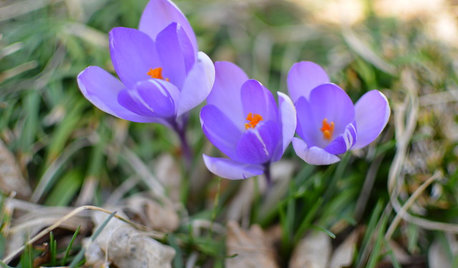
REGIONAL GARDEN GUIDESMid-Atlantic Gardener's March Checklist
Hunt for new growth in the garden but play the protector for baby plants and birds flying home to nest
Full Story






watergal
hermitonthehillOriginal Author
Related Professionals
Reading Landscape Architects & Landscape Designers · Essex Landscape Architects & Landscape Designers · Wilmington Landscape Contractors · Arden-Arcade Landscape Contractors · Boca Raton Landscape Contractors · Goodlettsville Landscape Contractors · Lemont Landscape Contractors · Norwalk Landscape Contractors · Petaluma Landscape Contractors · Vancouver Landscape Contractors · Woodland Landscape Contractors · Crowley Landscape Contractors · Knoxville Roofing & Gutters · Coronado Roofing & Gutters · East Norriton Roofing & Gutterswatergal
nucci60
xerophyte NYC
hermitonthehillOriginal Author